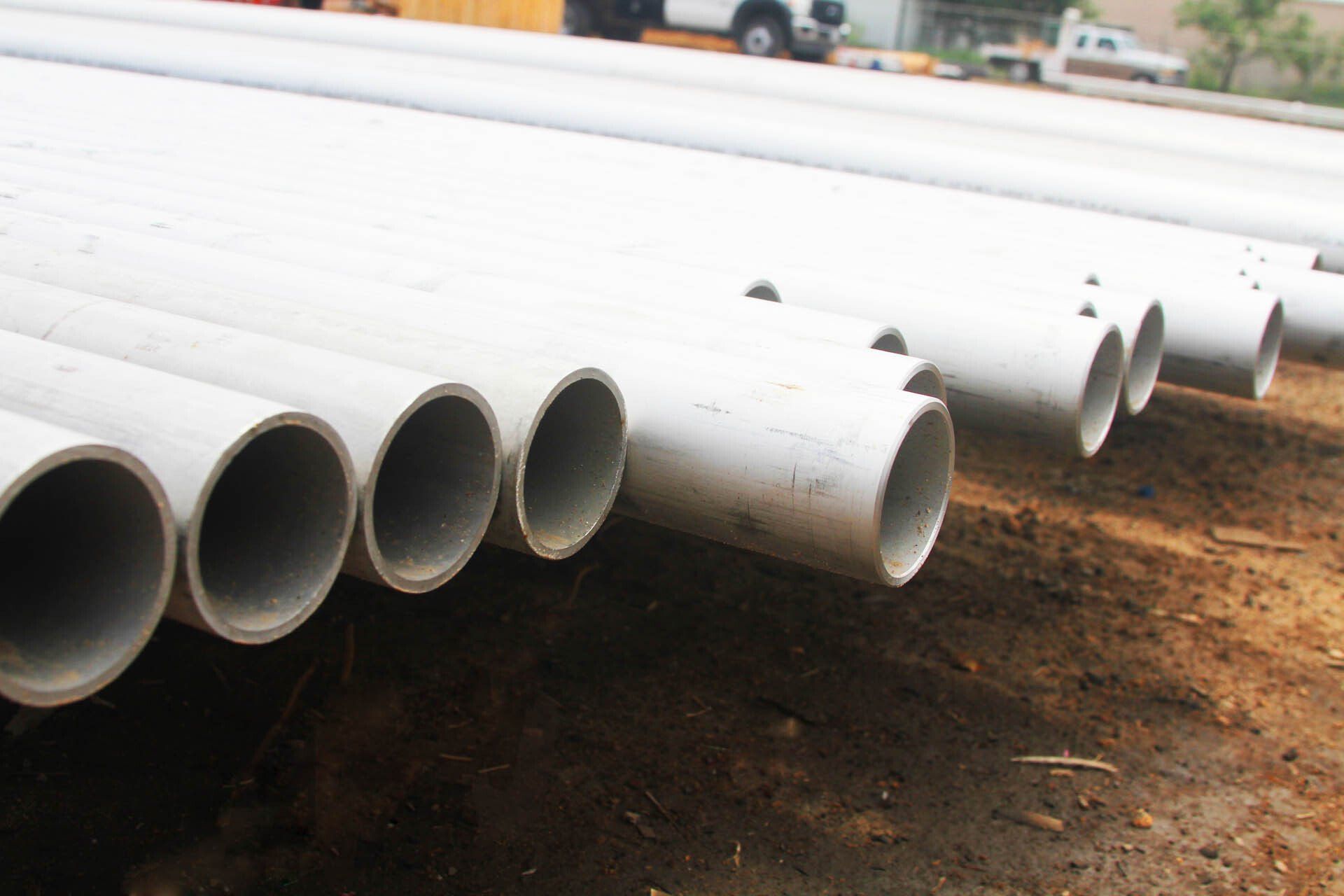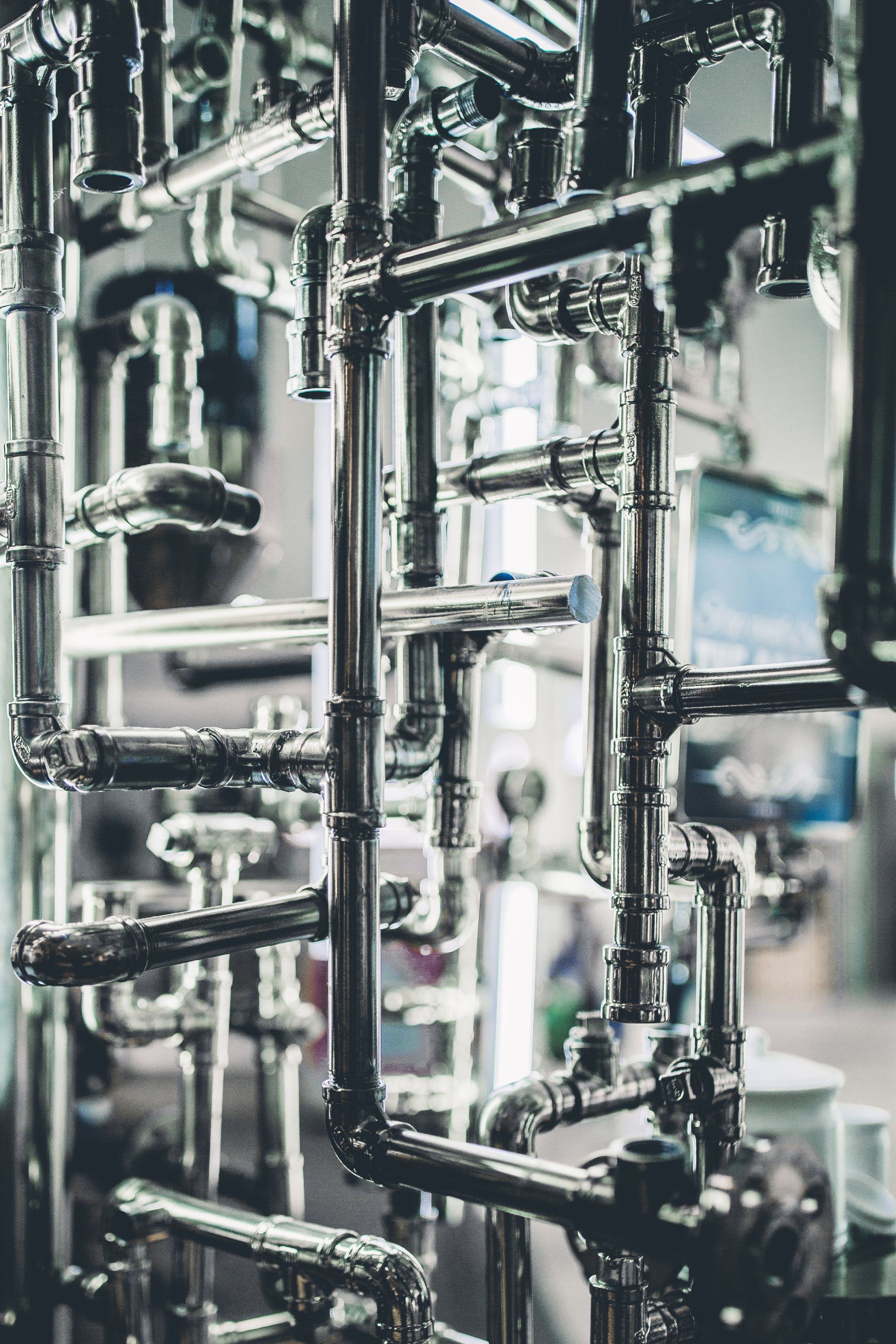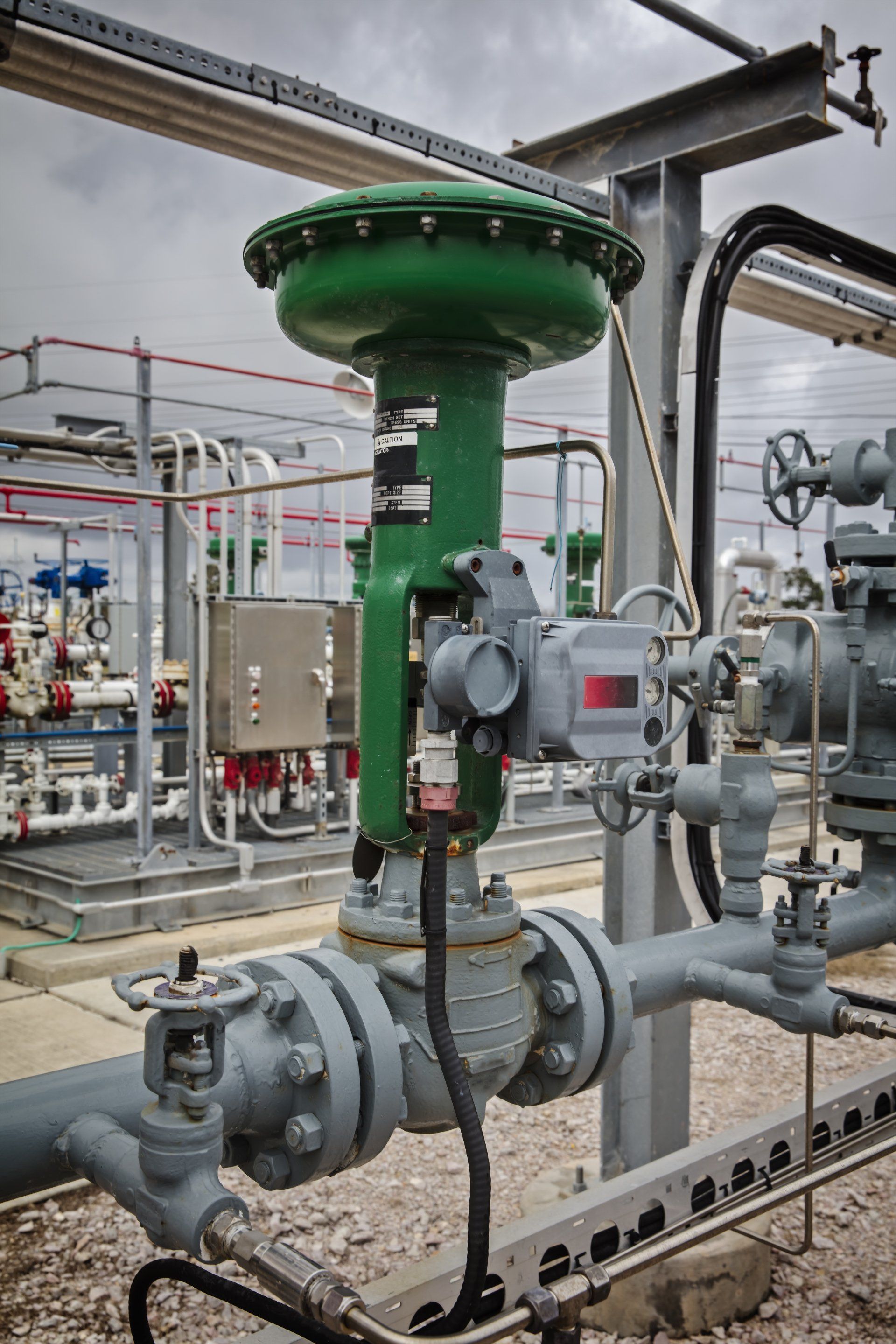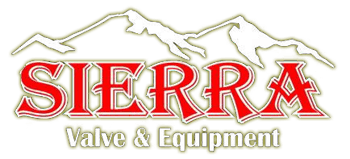Differences Between Valves & Butterfly Valves
What is a Butterfly Valve?
A butterfly valve is named as such due to the disc at the center of the valve. Butterfly valves are quarter-turned valves that allow for quick shut off, as when the mechanism is activated, the rod at the center of the disc will cause it to rotate and open or close. The method of operation is the primary difference between butterfly valves and other valves, whereas many other types of valves utilize springs.
There are also different types of butterfly valves, including:
- Concentric: Uses a rubber seat with a metal disc.
- Doubly-eccentric: Also known as a high-performance butterfly valve; Uses a variety of materials for both the seat and disc.
- Triply-eccentric: Also known as triple-offset butterfly valves; Uses three separate off-sets to create a tight bubble when shut off.
Due to the different types, butterfly valves are commonly used in multiple industries, including the chemical, food, and pharmaceutical industries. They are also common in hydroelectric power plants.
Advantages of Using Butterfly Valves
- Easy Operation: Butterfly valves don't require as much torque or effort to operate compared to other valve types, making them easier to operate.
- Lightweight: Butterfly valves are light and compact. They take up less space, while still providing efficient strength for low pressure applications.
- Cost Effective: Compared to ball valves, butterfly valves are more affordable and require little maintenance.
- Efficient Pressure Control: Not only are butterfly valves easy to operate, but because of this, they offer efficient control with minimal pressure drop.






